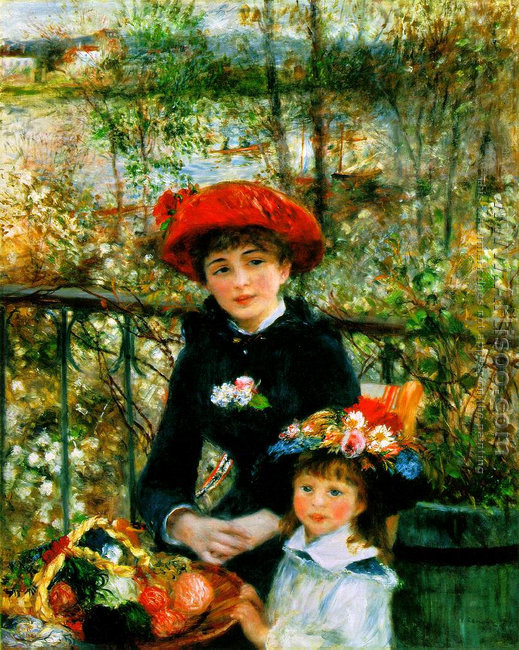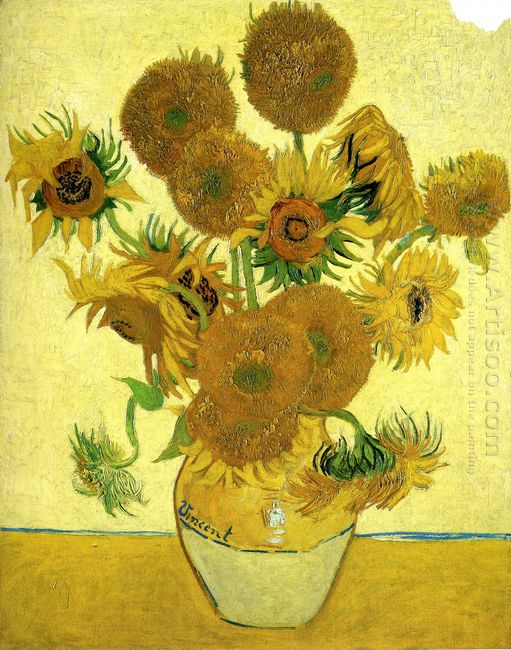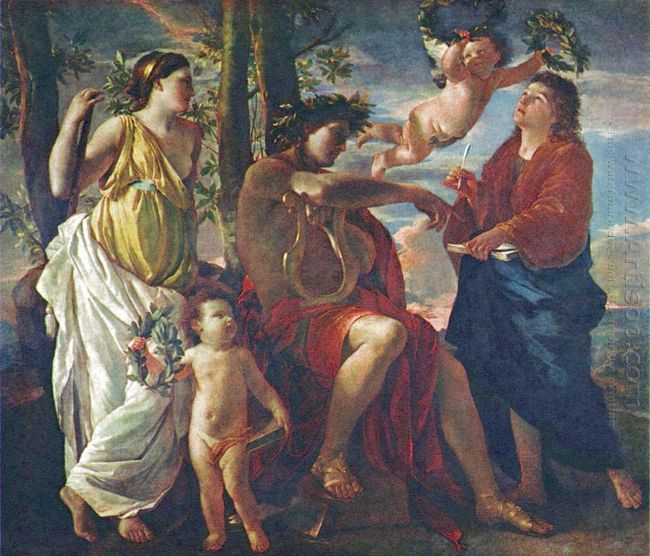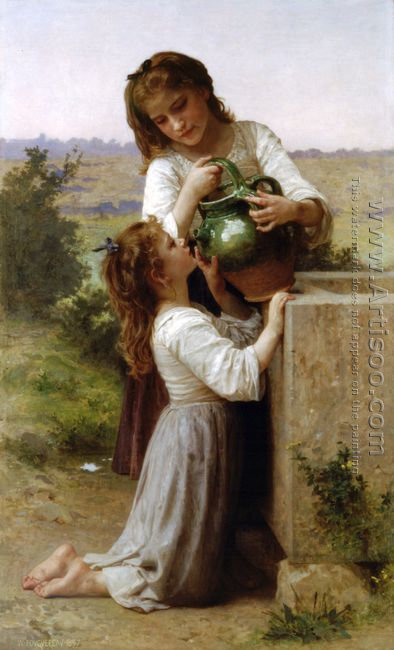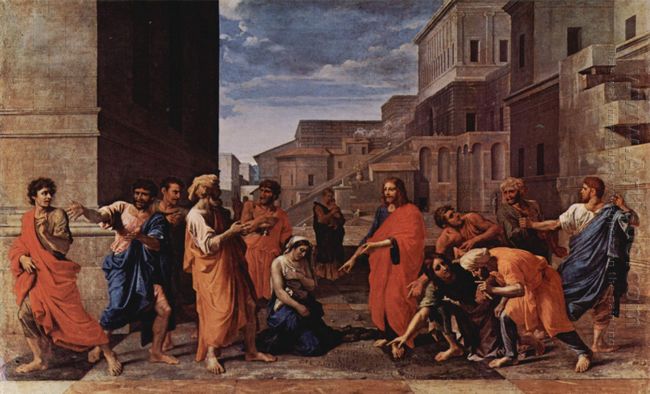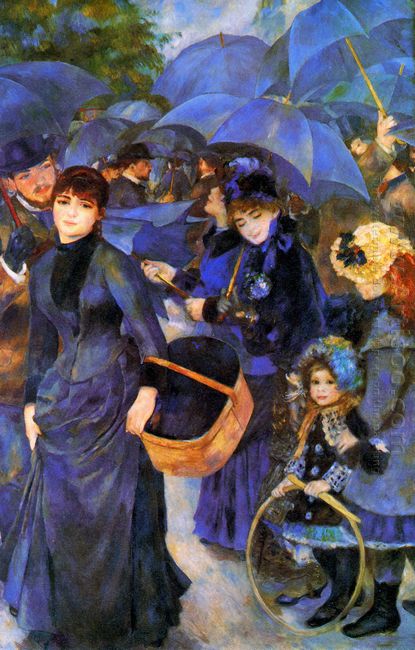The Two Sisters, also named On the Terrace by a painting dealer, is painted by the leading impressionist Pierre-Auguste Renoir. He shows gift of painting since childhood, before enrolled in art school, he used to work in a porcelain factory where he paint designs on fine china as well as hangings and decorations. In those day and age, he often visits the Louvre to copy the masterpieces of French artists, which found a solid foundation for his painting career. During the last time of Renoir, he suffered from rheumatoid arthritis, which severely deformed his hands and shoulders, he has to strap brush to his paralyzed finger in order to paint. In addition, the pneumonia contracted in the early years adding to damaging his health. In spite of worsening health, he insists producing sculptures with his assistant.
In 1881, Renoir travels to Italy, where he saw classical paintings by Rapael and other Renaissance masters, who prefer to clearly depict the outline of objects while the impressionist using color to distinguish different objects. Renoir was inspired and began to paint in a more severe and disciplined style in an attempt to integrate the formal technique into his painting, especially figure paintings. The Two Sisters was painted in such a time, so that it epitomizes characters both of classicism and impressionism.
This oil painting depicts two young girls sitting on a terrace. The older girl with her hands overlapping on her thigh, looking to the right deliberately, seems pondering on something. Her scarlet beret is in contrast to her dark coat. The younger girl standing next to her appears to be looking forward at the painter with innocent facial expression. She wears a hat decorated with colorful flowers. To the left is a wicker basket fraught with fruits and vegetables. To the right is a wooden barrel with a plant growing out of it. Renoir fills every corner of this painting with sparkling and bright colors, use thinly brushed color to dissolve outlines as in his earlier work. However, comparing with his early and later works after 1890, this painting makes a more clear and discernible impression on the viewers.

